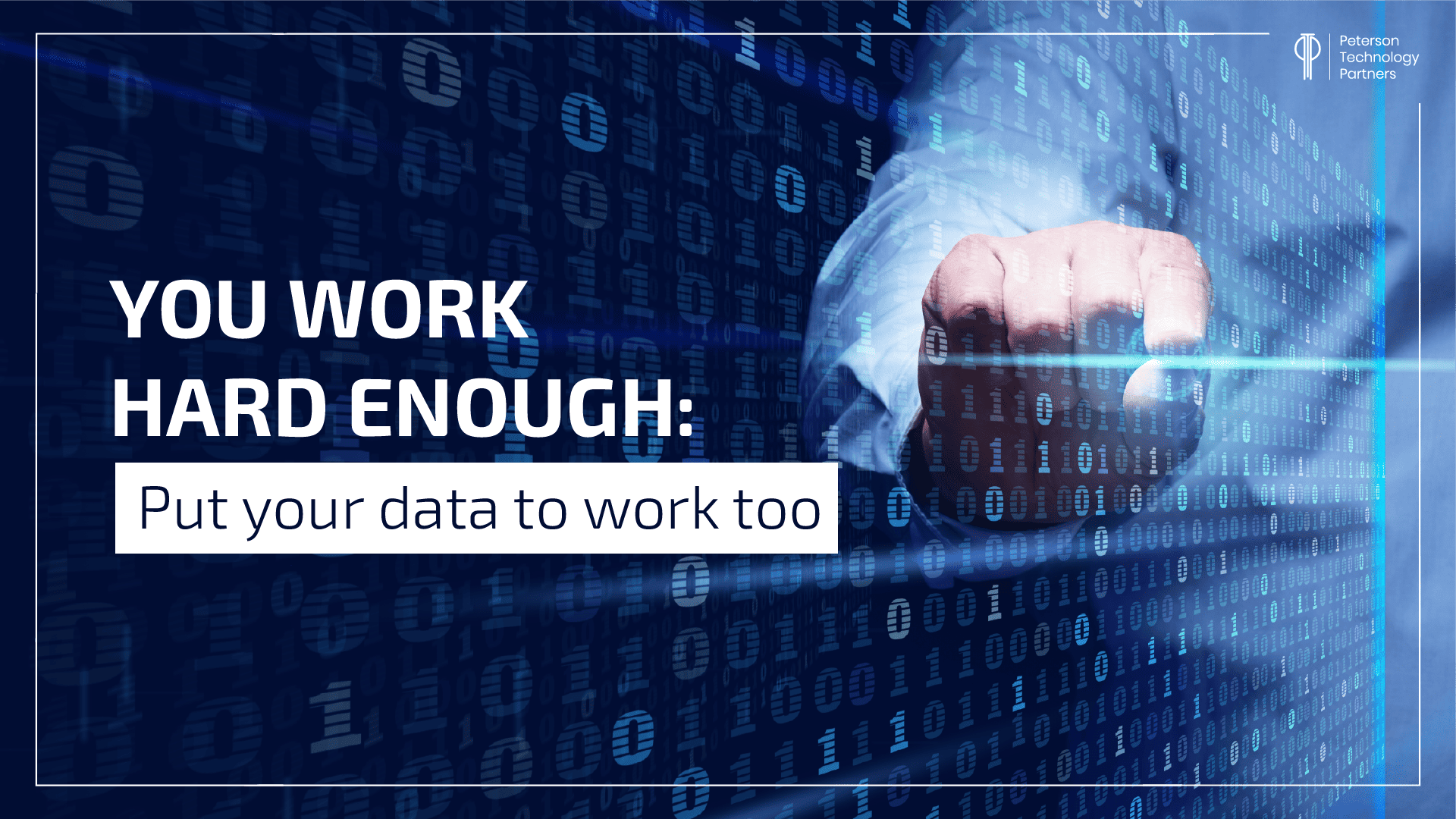“That data’s bad.” “That data won’t load.” “That’s tons of duplicates in that data.” Rob was tired of hearing about the same problems that keep recurring every time his team touched his company’s client data. Working for a large logistics company, they needed reliable, regular access to one of their company’s most valuable resources- its data.
To perform almost any business function, a company’s data needs to be stable and clean. This is even more important when the company has directly client-facing operations. What Rob needs to consider is another, more inventive approach to managing his company’s data.
One strategy companies have been successfully deploying involves thinking about data unusually. The concept many have been using is to manage their data just like a consumer product. By thinking about data as a product, companies can earn increased usefulness from their data, among other benefits. These data products can also be reusable and help piece together technologies that will enable companies to derive much sought-after long-term value.
Why current data strategies aren’t working
One of Rob’s most significant struggles with his company’s data was due to his company’s grassroots approach to data management. Individual teams within the company would piece together the data solutions and technology they needed to achieve whatever project they were working on at the time. This led to lots of duplication of effort (and data!) and a hodge-podge, patchwork of tech architecture that was expensive and extremely difficult to maintain and manage.
A second approach that companies use to manage unwieldy data is called the big-bang strategy. With this method, a central team responsible for a company’s data extracts, cleans, and aggregates data at once. This removes some of the duplications of effort that occur, but typically, it’s not specific enough to meet the needs of each unique team within a large company. Users then struggle to confirm the necessary level of governance and quality of the data which doesn’t allow for much time savings.
Unfortunately, while both of these data strategies are common, they’re not very productive. They fail to lay the foundation for current and future data management and don’t produce serious, long-term value.
The similarities between data products and consumer products
If Rob wants to start maximizing the benefits of all the data his company owns, he needs to start thinking about data as something with real value. Thinking about data like any other product a company might produce or purchase, is likely to help reframe how IT professionals think about their data. When companies manage data the same way they manage a consumer product, they can realize nearly instant value from their data.
The similarities between data products and consumer products are numerous. For example, in terms of “product” features, it is possible to customize a base product for unique users in each scenario. Just like a consumer can customize a base model home by picking out all the finishes, data products can be wired to support different systems that consume data, like analytics and reporting features. Both data products and consumer products can deliver regular product enhancements. This is similar to a phone app that upgrades automatically and new data that supports additional technological archetypes.
A final similarity exists in the efficiency of both “products.” Reuse of existing processes and components makes for a much more structured and reliable experience. For example, software developers routinely reuse blocks of code; and data products can provide blueprints for reusable technical architecture.
Now that Rob understands why his company’s current data strategy is failing and how similar data products are to consumer products, he’s ready to start exploring how to make this product strategy work for both his team and his entire company.
RELATED POST: DataOps Can Bring Certainty to Uncertain Data
How to get started with data products
In order to successfully implement any form of product development, an operating model that ensures specific management standards and best practices, reporting and tracking, and quality control must be put in place beforehand. This applies similarly to data product management as well.
Every data product should have a product manager and a team consisting of data engineers, data architects, modelers, and data platform engineers whose sole job is to build and improve upon their product and enable new use cases. Preferably, these teams should sit within a data utility group inside specific business units. While this may seem expensive at the outset, it’s important to remember that these teams can transfer their skills after a project has wrapped up.
Organizations tend to be the most successful when they institute standards and best practices for data products company-wide. This includes defining how teams will document data provenance, audit data use, and measure data quality, so Rob no longer has to hear about how “old,” “bad,” or useless his company’s data is.
It’s always recommended to track and report progress and setbacks. Some useful metrics to consider tracking include the number of monthly users, the number of times a product is reused across the company, and internal and external customer service scores from data product users.
A final component of a solid operating model is quality assurance. Poor quality data can erode end-user trust and retention regarding their data. But providing them proper access and the right level of governance will help to rebuild and restore some of that trust from days past.
Now that Rob has a solid, enactable plan to get reliable access to needed company data, and the proof that this method would increase speed and efficiency, he approached his company’s executive leadership. Swayed by the potential lucrative savings and easier access to data, Rob’s plan was fully approved at the executive level, complete with new lines for an exclusive data science team.
If your company is struggling under the heavy weight of unwieldy data, see what a difference data as a product can make to your company’s bottom line and learn how the data science team can turn raw data into business insight.
Are you looking for a job in Information Technology?
See all of our current openings here!
About the Company:
Peterson Technology Partners (PTP) has partnered with some of the biggest Fortune brands to offer excellence of service and best-in-class team building for the last 25 years.
PTP’s diverse and global team of recruiting, consulting, and project development experts specialize in a variety of IT competencies which include:
- Cybersecurity
- DevOps
- Cloud Computing
- Data Science
- AI/ML
- Salesforce Optimization
- VR/AR
Peterson Technology Partners is an equal opportunities employer. As an industry leader in IT consulting and recruitment, specializing in diversity hiring, we aim to help our clients build equitable workplaces.





